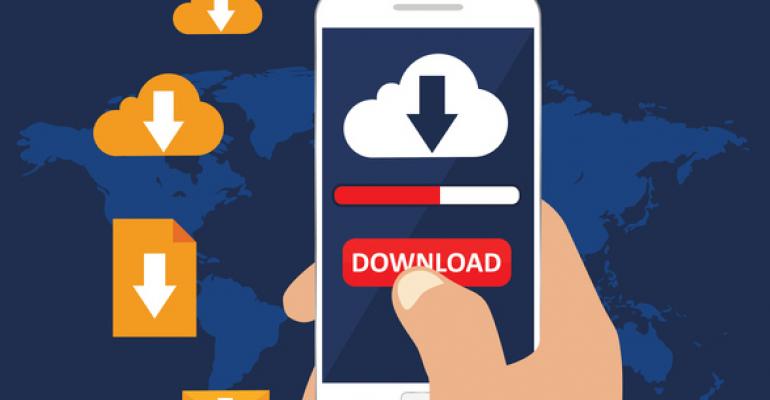Chris Elmitt, the managing director of Crystal Interactive, a technology consulting firm for the meetings industry, took a low-tech approach to doing some research into his clients’ needs. Elmitt says, “We took the principal of a hackathon and moved it into a nontechnology setting.”
In a traditional hackathon, computer programmers work together on a software project. In Crystal Interactive’s hackathon, around 30 medical meeting professionals got together to discuss what would make their attendees’ experience better, and how technology could help achieve that.
Almost half of Crystal Interactive’s clients are in medical meetings, and although there is a wide array of new technology, Elmitt wanted to find out exactly what issues his clients wanted to address. “The challenge with technology,” he says, “is that it is invented in a bubble and is often a solution looking for a problem.”
Elmitt discovered five main areas where medical professionals think technology should be improved.
1. Personalize presentations. Although most international attendees speak English, during a presentation one confusing phrase can disrupt concentration and interfere with their understanding. By providing virtual reality helmets and headphones, attendees could hear a simultaneous translation and see personalized slides and images in their own language, and with date and number formats they are familiar with.
2. Crowdsource reviews. Rather than relying on a medical writer to summarize and write up a session, medical professionals want to contribute their top three most significant takeaways, and then use survey technology to find and record the most popular three. Among the benefits of this approach: It avoids writer bias; it helps the presenter better understand what the audience took away from the session and compares it to what he/she hoped they would take away; it requires attendees to really think about what they learned; and it provides people who were unable to attend with the most useful ideas.
3. Increase networking opportunities. Healthcare professionals want to discuss specific questions with each other at conferences, and believe the use of technology for networking is underutilized and under-embraced. In-app messaging has controls about sharing information, for example users have to opt in, and it is not always possible to identify other attendees with similar interests. Hackathon participants wanted technology to provide a way for attendees to bring up a question or challenge they were grappling with and, depending on the number of people with the same interest, use the technology to book an appropriate venue to host a discussion face to face.
4. Use simpler technology. Healthcare professionals don’t like downloading an app every time the go to a conference, and they don’t want to have to learn how to use it each time. Elmitt says, “Making busy people download an app is annoying and many are badly designed, with multiple ways to do the same thing and lots of confusing buttons.” Elmitt advises meeting professionals to ask themselves if they really need everything on offer from the app company; for example, a weather button might be overkill. He says, “We are now advising clients to simplify what they have on the app.”
5. Connect technology to the mission. Since you are going to have an app or other technology anyway, Elmitt says, “Try to connect afresh with the meaning of the event, and use that to determine what you offer. Schedules might help attendees get around, but they don’t further the goals of the event.” If the goal is education, arrange your sessions so that the audience has to answer a pop quiz at each stage to measure understanding before the presenter moves on. If 50 percent of the audience fails the quiz, the presenter is going too fast or not doing a good job. If just one person is consistently failing, there is either a language barrier or that particular healthcare professional needs additional help.
Crystal Interactive is acting on this last takeaway by introducing a tracking component on the quizzes. The company is introducing this approach at a drug conference this spring, where the client will be able to measure how well attendees learned a particular protocol, identify people who struggled, and digitally connect them with an online academy offering a course in that topic.
Elmitt says, “If the reason you are running an event is to make people clever, you need to be able to measure how clever you are making them.”





